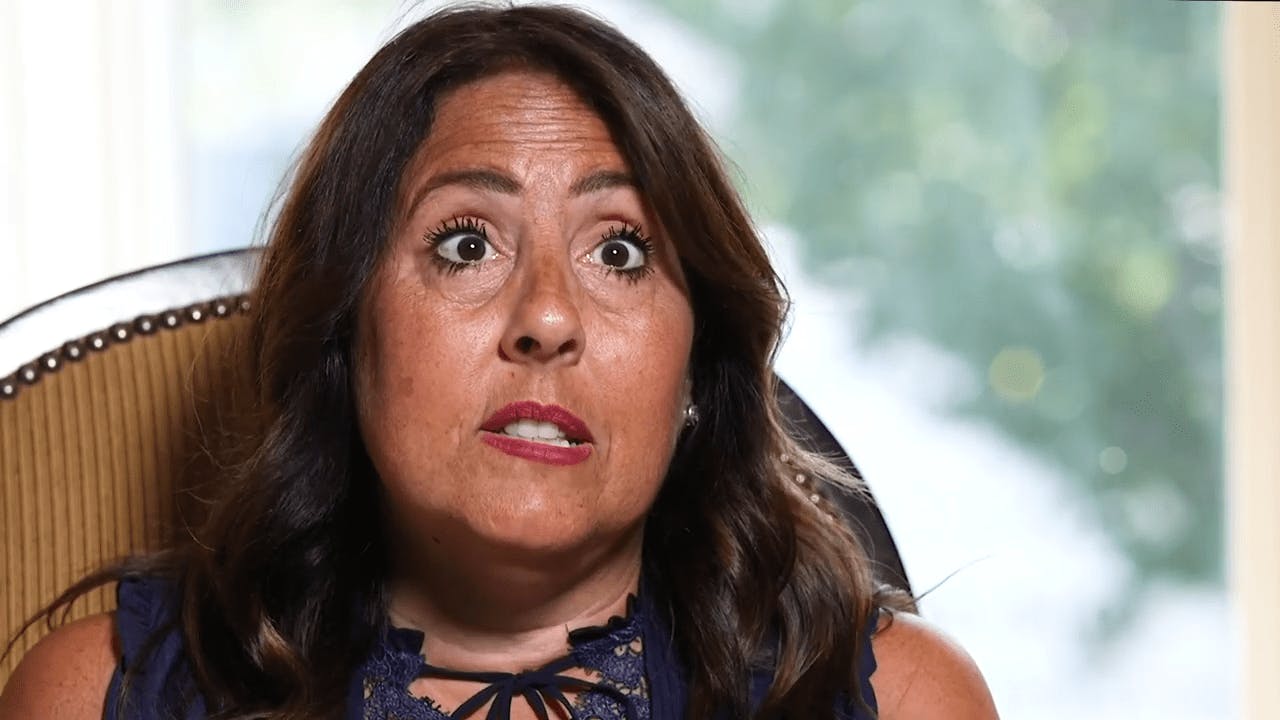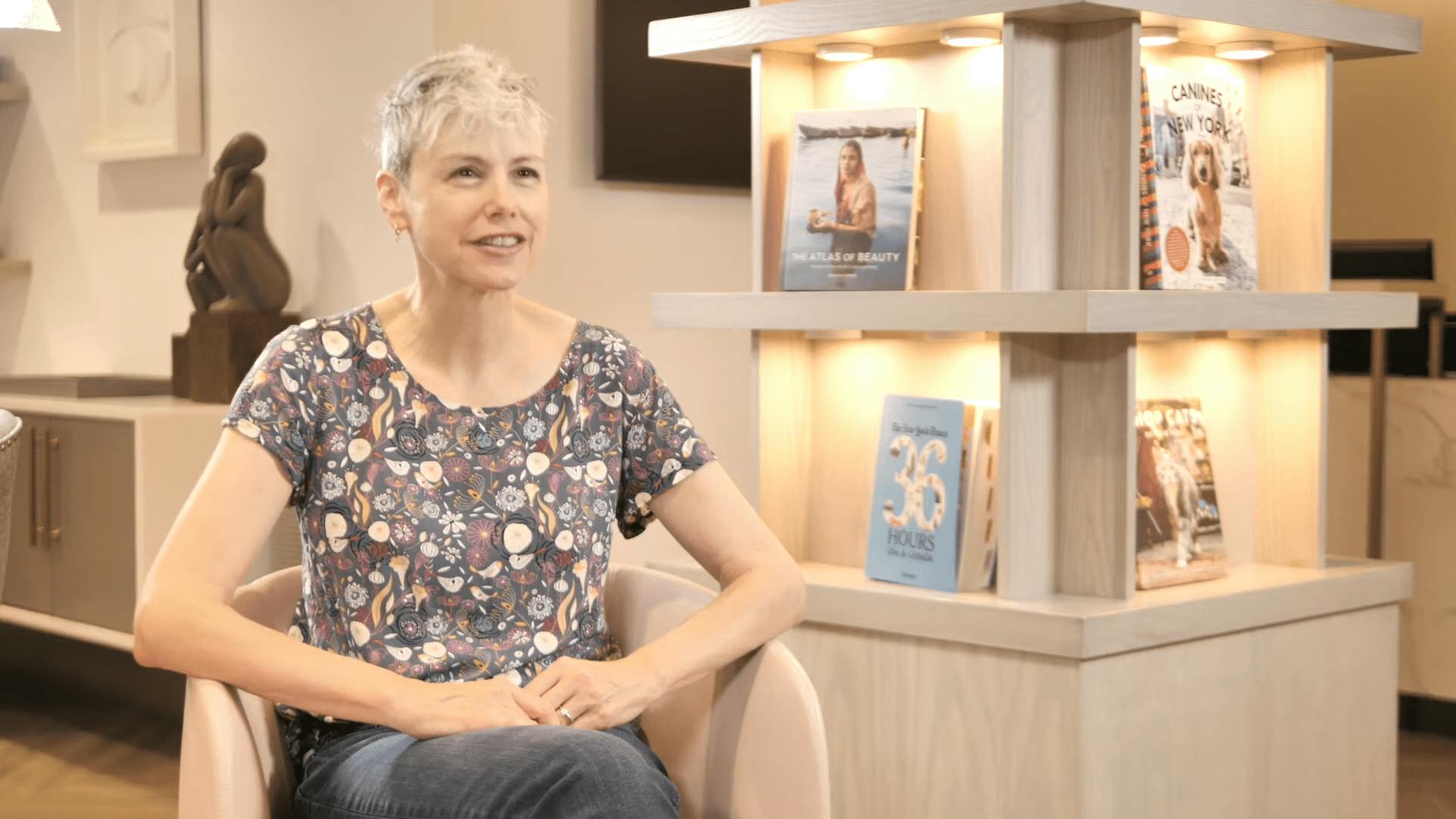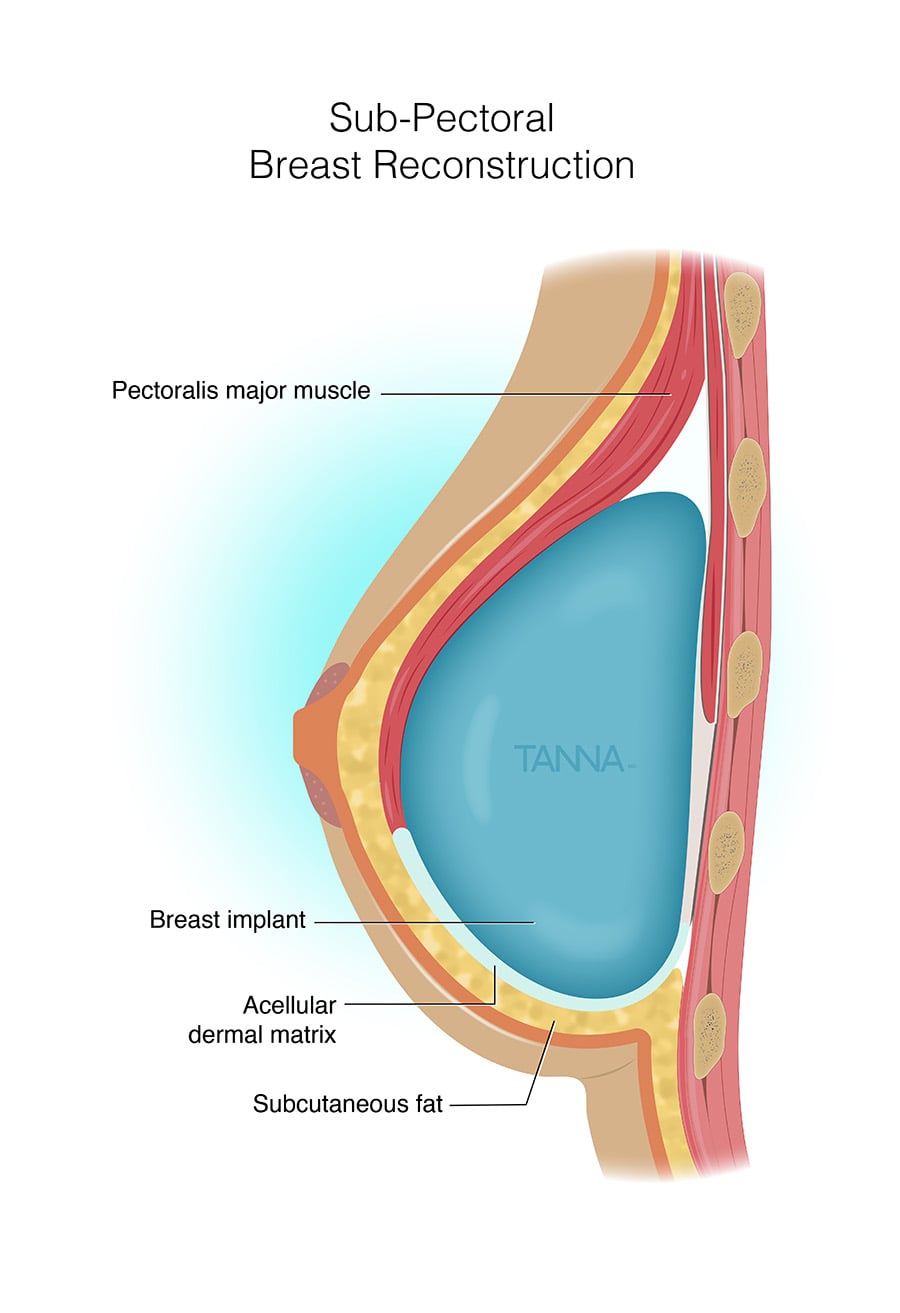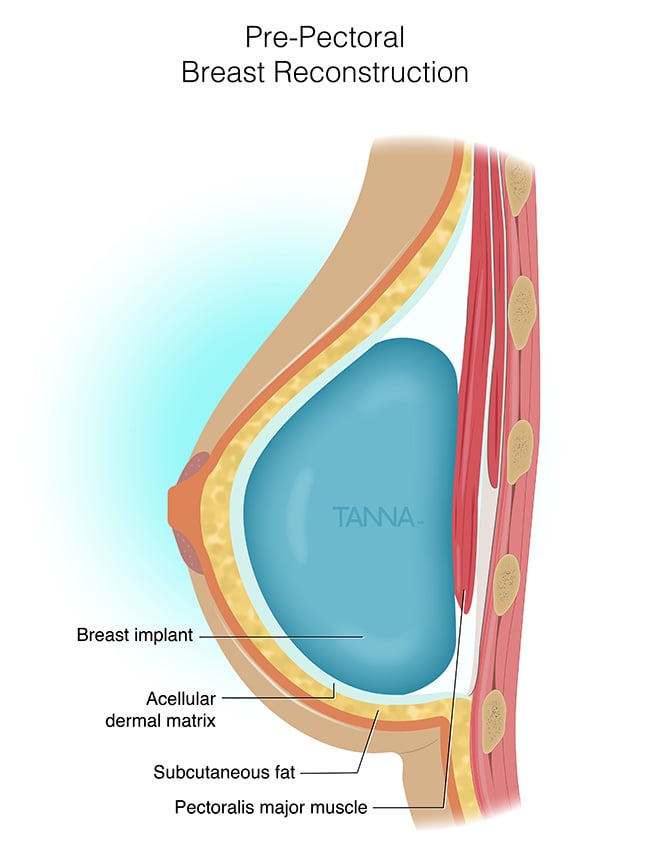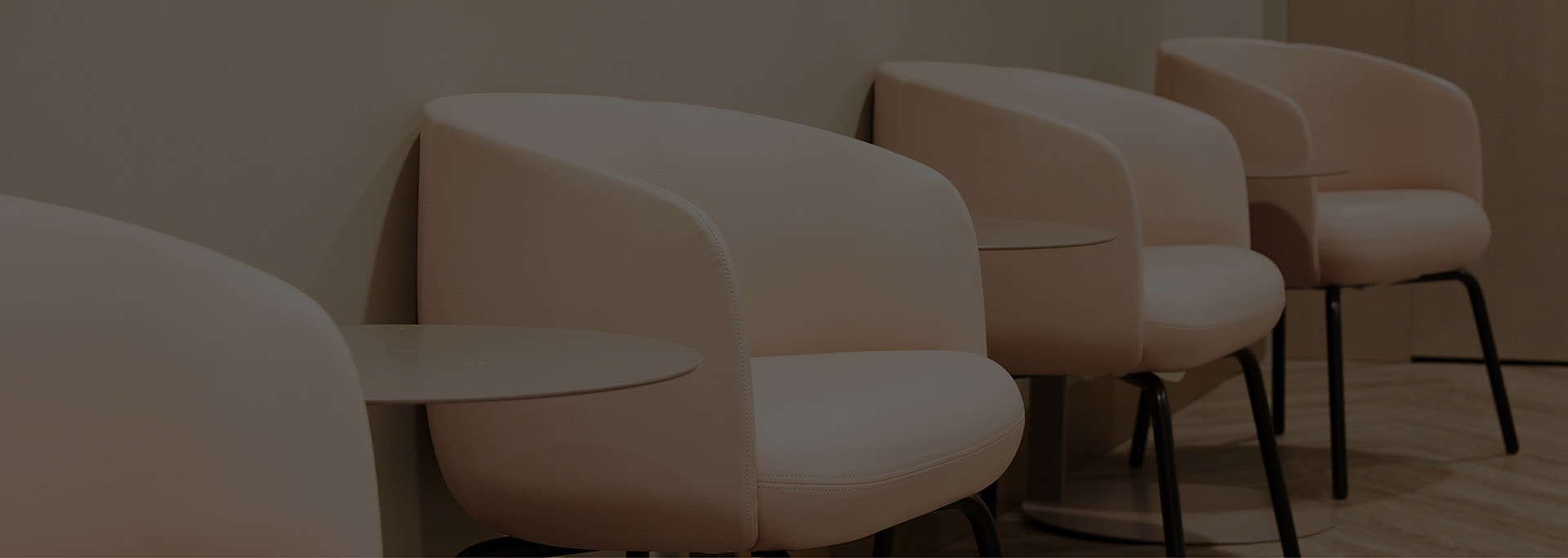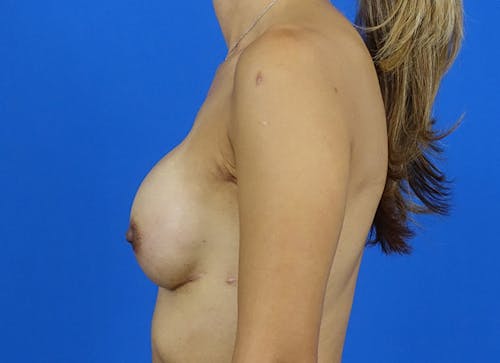Breast implants, both saline and silicone, have been used for breast reconstruction surgery for more than thirty years.
Three Different Techiniques
- Expander-implant breast reconstruction
- Direct-to-implant breast reconstruction
- Pre-pectoral breast reconstruction
In these techniques, acellular dermal matrix (ADM) (a supportive medical product for soft tissue reconstruction) may be required. It is important to consult with Dr. Tanna to decide which implant and reconstruction operation will be most appropriate for your unique condition.



